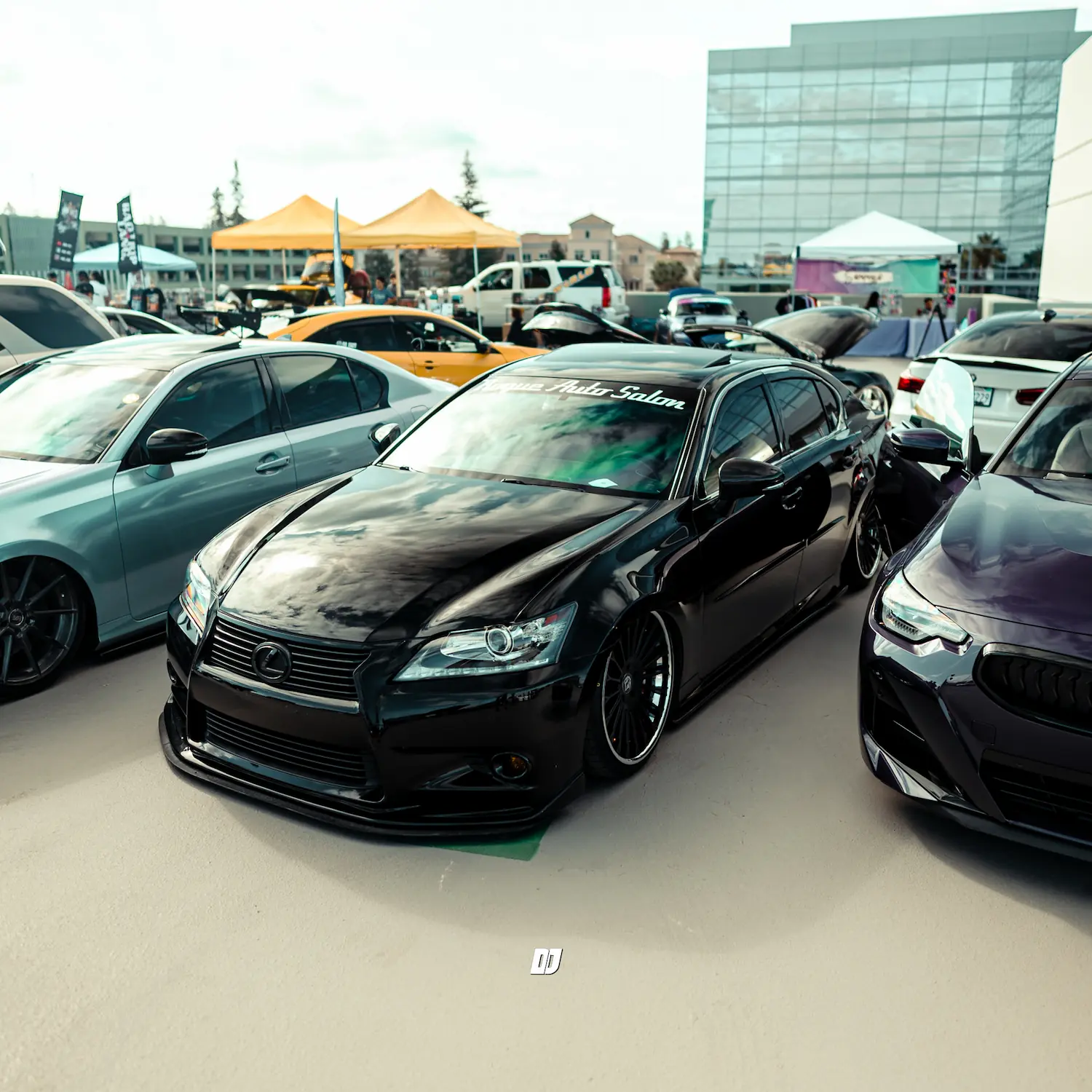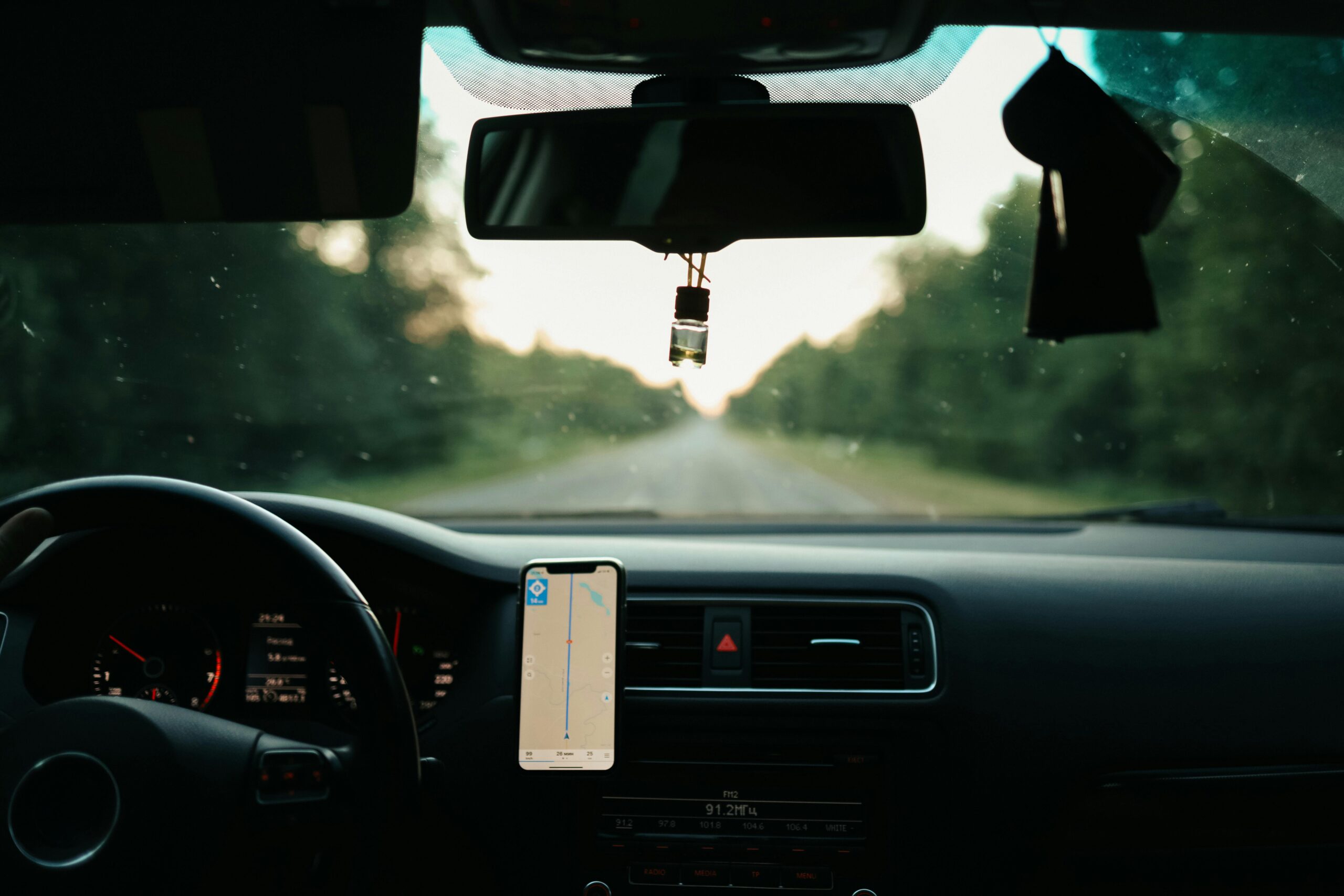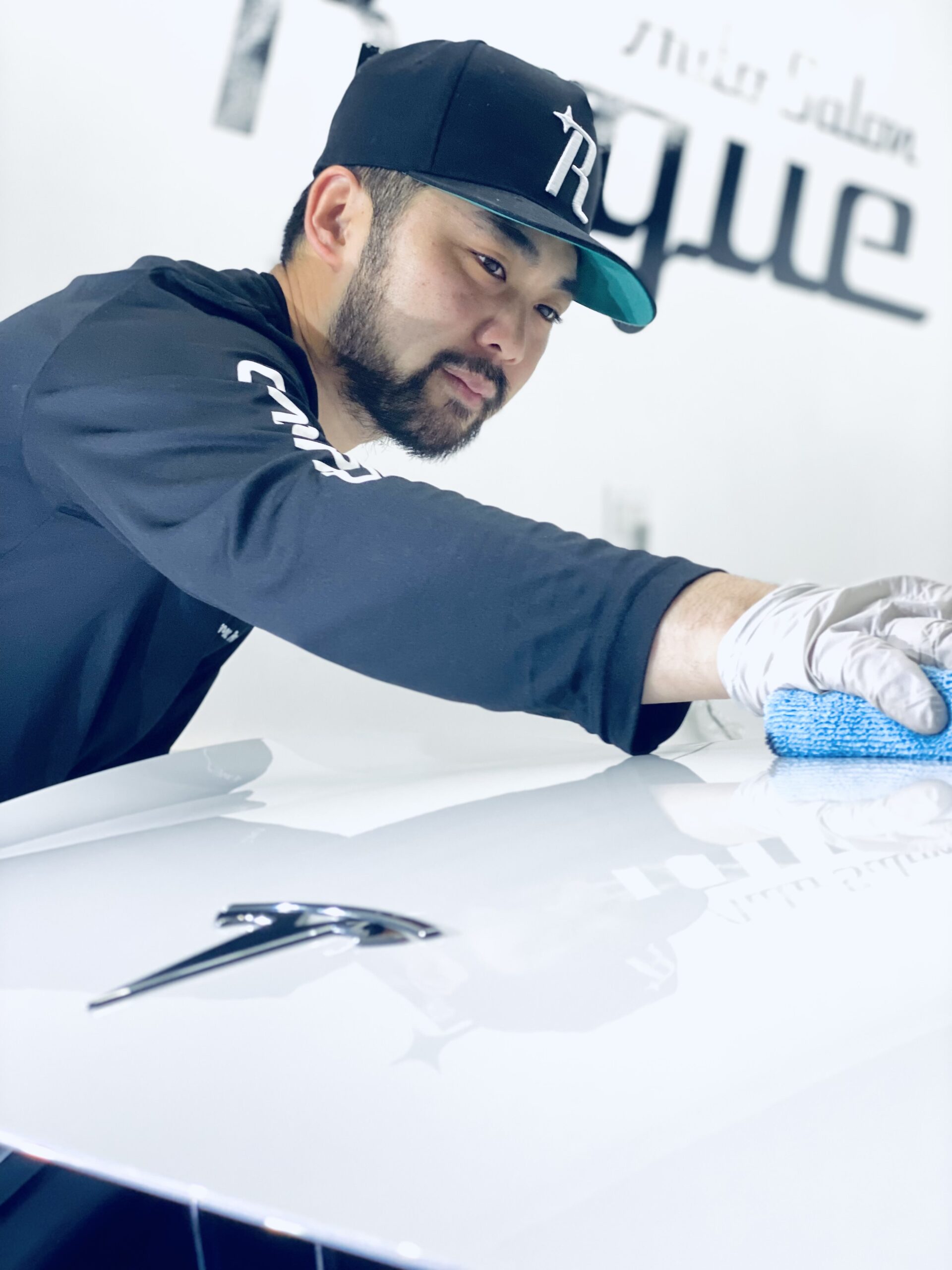Autocare
What to Expect: How Long Does Car Tint Last and When It Starts to Fade
From installation to long-term durability, find out how long car tint truly lasts
Auto window tinting is more than a cosmetic upgrade—it’s a smart investment in your car’s comfort, appearance, and longevity. From keeping your vehicle cool on scorching days to shielding your interior from harmful UV rays, high-quality window tint provides a range of benefits. But as with any vehicle modification, it doesn’t last forever. One of the most common questions among car owners is: How long does a car tint last, especially high-end options?
In this article, we’ll explore the factors that affect the lifespan of car window tint, how to identify signs of aging, and what you can do to extend its durability. If you’re considering a window tint or want to know when it’s time to replace the one you have, this guide will answer all your questions.
Why Car Owners Choose to Tint Their Windows
Before diving into the lifespan of high-quality tints, it’s worth understanding why tinting your car windows is a popular and practical upgrade.
- UV Protection: High-quality window tints block up to 99% of harmful ultraviolet (UV) rays. This not only helps protect passengers from sun damage but also prevents interior fading, cracking, and deterioration over time. Leather seats, dashboards, and electronics are especially vulnerable to UV exposure.
- Heat Rejection: Tinted windows reduce the amount of heat that builds up inside a parked car. On hot days, this can make a significant difference, allowing your air conditioning system to work more efficiently and keeping the cabin more comfortable for passengers.
- Privacy & Security: Darkened windows provide greater privacy for drivers and passengers. They also help deter theft by keeping valuables out of sight from opportunistic eyes.
- Reduced Glare: Tinting helps cut down on the blinding glare from sunlight and headlights, improving driving visibility and reducing eye strain.
- Aesthetic Enhancement: From a style perspective, tinted windows give your vehicle a sleek, modern appearance. Some drivers even report that it adds to their car’s resale value.

Types of Auto Window Tint and Their Lifespan
So, how long does car tint last? The answer depends significantly on the type and quality of tint you choose. Let’s take a look at the most common types of window tints and how long you can expect each to last.
- Dyed Window Tint: This is the most affordable option and is primarily used for aesthetic purposes. It provides a dark appearance and some UV protection, but it has the shortest lifespan. It has a Lifespan of 3–5 years, with pros including an inexpensive and dark appearance. Cons include being prone to fading, turning purple over time, and offering minimal heat protection.
- Metalized Window Tint: Metalized tint uses small metallic particles to reflect heat and UV rays. It’s more durable than dyed tint but can interfere with electronic devices like GPS and cell phones. It has a Lifespan of 5–7 years. Pros include Reflective, durable, and effective heat rejection, and Cons include Possible interference with electronic signals.
- Ceramic Window Tint: Ceramic tint is considered the gold standard in window tinting. It offers superior UV and heat rejection without affecting electronics, and it’s highly resistant to fading. It has a lifespan of 10+ years. Pros: maximum performance, doesn’t interfere with signals, and long-lasting and Cons: Higher upfront cost
If you’re asking how long car tint lasts with minimal maintenance and the highest quality materials, ceramic tint is your best bet. With proper care, it can remain effective and attractive for over a decade—and in some cases, even up to 20 years.
Factors That Affect Tint Longevity
Even with the best materials, several external and internal factors will influence how long your car tint lasts before showing signs of wear or fading:
- Climate and Sun Exposure: Living in a sunny, hot climate—like Florida—can shorten the life of your window tint. Constant UV exposure and heat put more stress on the tint film. Parking in shaded areas or using sunshades can help reduce this impact.
- Installation Quality: Even the best tint won’t last long if it’s poorly installed. Bubbling, peeling, and premature fading are often signs of an unprofessional or rushed job. That’s why it’s crucial to work with a certified and experienced installer.
- Maintenance and Cleaning: Using harsh chemicals or abrasive cloths can damage your tint. Clean your windows gently with a microfiber cloth and tint-safe cleaning solutions to avoid scratching or degrading the film.
- Window Type and Usage: Rear windows, which are often exposed to more sunlight, may wear faster than side windows. Similarly, windows that are frequently rolled up and down might put more stress on the tint.
Signs Your Car Tint Is Aging

Recognizing when your window tint is reaching the end of its life helps you avoid more costly repairs or damage. Here are some common signs your tint is aging:
- Fading or Lightning: If your tint no longer appears as dark or starts to look washed out, it’s a sign that the UV protection is wearing off.
- Bubbling: Small or large air bubbles between the glass and the film often indicate adhesive failure. This can happen due to poor installation, excessive heat, or moisture infiltration.
- Peeling or Cracking: When the edges begin to lift or crack, the film has likely deteriorated beyond repair.
- Discoloration: Some cheaper tints may turn purple as they age. This is especially common with dyed films that have lost their protective properties.
When you notice any of these issues, it’s time to visit a professional for an assessment or replacement.
How to Extend the Life of Your Car Window Tint
If you’ve invested in high-quality tint, you’ll want to get the most out of it. Here are a few simple ways to maximize its lifespan:
- Park in the Shade: Minimize UV and heat exposure by parking in covered garages or shaded areas whenever possible. Window sunshades can also help.
- Avoid Rolling Windows Immediately After Installation: After tint installation, avoid rolling your windows down for a few days to allow the adhesive to cure properly.
- Use the Right Cleaning Products: Stick to ammonia-free cleaners and use a microfiber cloth. Harsh chemicals can erode the tint over time.
- Routine Inspections: Check your tint every few months for signs of wear. Early detection can prevent further damage.
Is High-Quality Tint Worth the Investment?
There’s no doubt that high-quality window tinting—especially ceramic—comes at a higher initial cost. However, when you consider the long-term benefits like reduced cooling costs, interior preservation, improved resale value, and extended lifespan, the value becomes clear.
While cheaper tints may require replacement every few years, a well-installed ceramic tint can last 10 years or more without significant fading or degradation. Over time, this can save you money.

Conclusion: So, How Long Does Car Tint Last?
To sum it up, how long does car tint lasts depends on several factors, but the biggest determinant is the quality of the tint and the care you provide. Here’s a quick recap:
- Dyed tint: 3–5 years
- Metalized tint: 5–7 years
- Ceramic tint: 10+ years (up to 20 years with proper care)
If you’re looking for privacy, protection, and performance that lasts, ceramic window tint is the best long-term solution. Just make sure to have it installed by a certified professional and maintain it properly to enjoy years of clear, cool driving.




